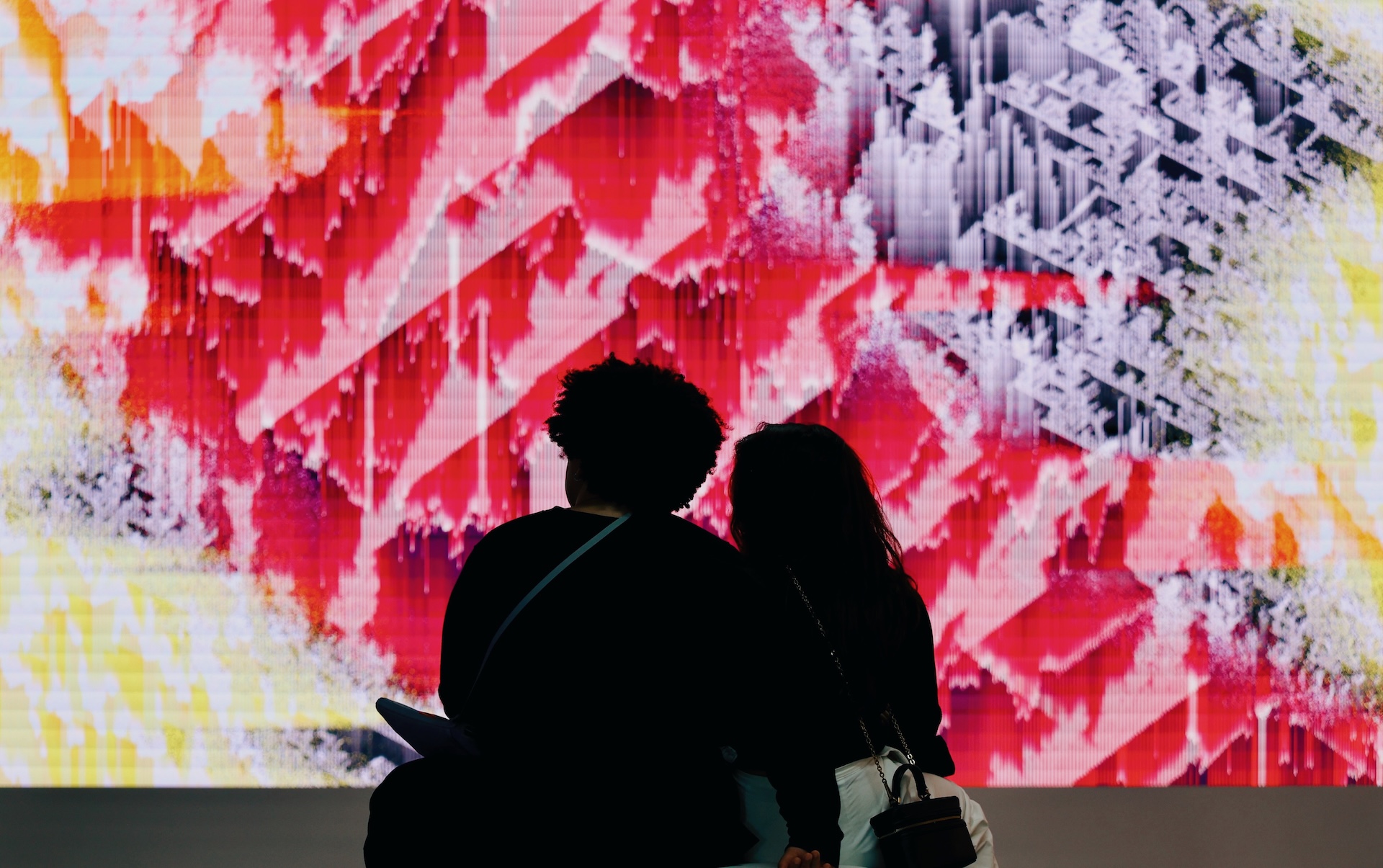In Basel this June, digital artists, curators and gallerists come together for The Digital Art Mile, a week of exhibitions, screenings and discussions exploring the past, present and future of digital art
‘Digital art’ is a fluid, constantly shifting category. Before digital art there was art made with machines, computer art, new media art – it’s a term that morphs as quickly as the culture around it. Once the province of artistic pioneers, visionaries and eccentrics, art that engages with new technology has, with the age of the internet, become ubiquitous. In a lifetime, we’ve gone from a culture of analogue print and celluloid and magnetic tape to a world in which pretty much everything is digitised and digital. With the emergence of the internet and digital commodities, of accessible CGI and now AI, artists are writing a new chapter in the history of art’s encounter with technology.
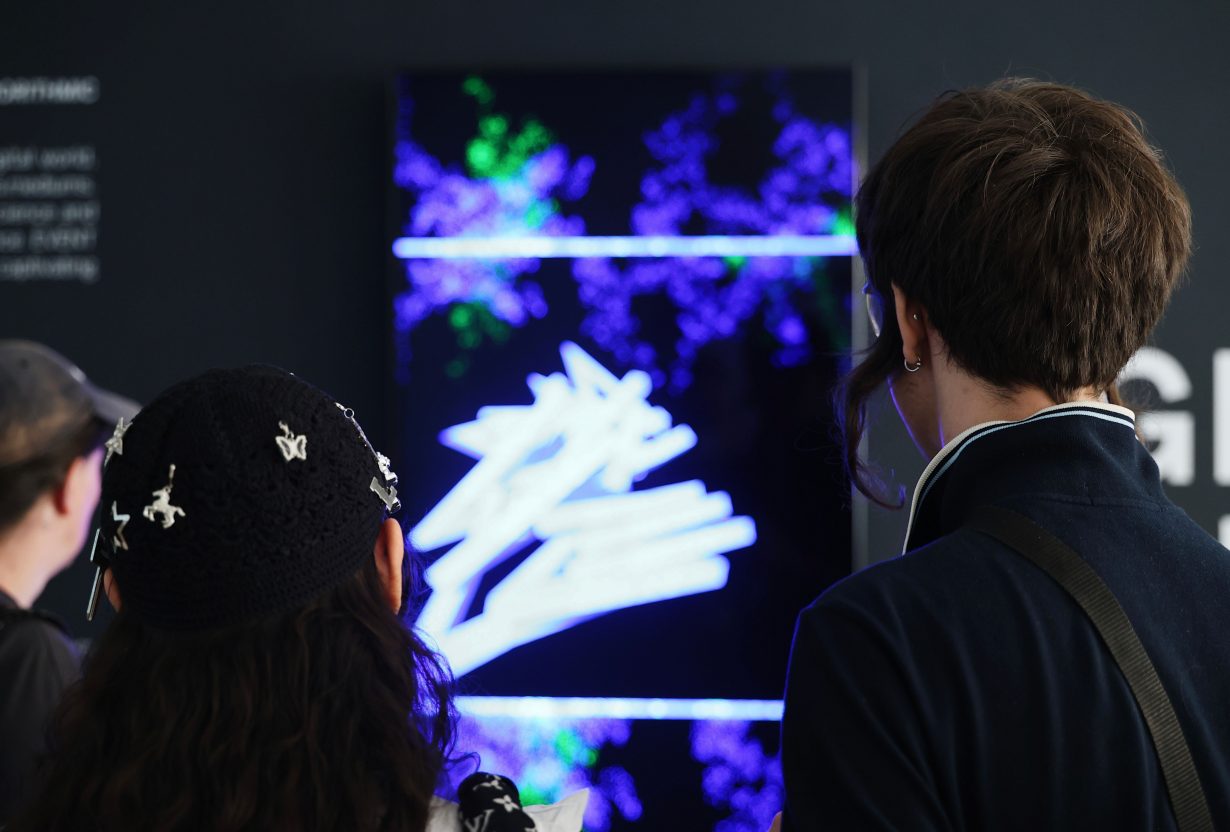
Over the past decade three remarkable trends have emerged side-by-side: artists exploring the use of increasingly powerful computing, the appearance of a new kind of market for artworks spurred by blockchain and cryptocurrency, and a renewed interest in the long history of art’s critical engagement with computing.
Bringing together the past, present and possible futures of digital art is this year’s edition of The Digital Art Mile, in Basel 16–22 June, the same week the Swiss city plays host to the traditional artworld’s behemoth international art fair, Art Basel. The Digital Art Mile held its first edition last year, and returns this year to a cluster of venues in central Basel, to present three interrelated programmes: an art-fair-style gathering of cutting-edge digital art galleries; a major exhibition on the Quantel Paintbox, the groundbreaking 1980s image-creation computer; and a speaker-packed four-day conference taking on the big issues facing digital art, its culture and economy.
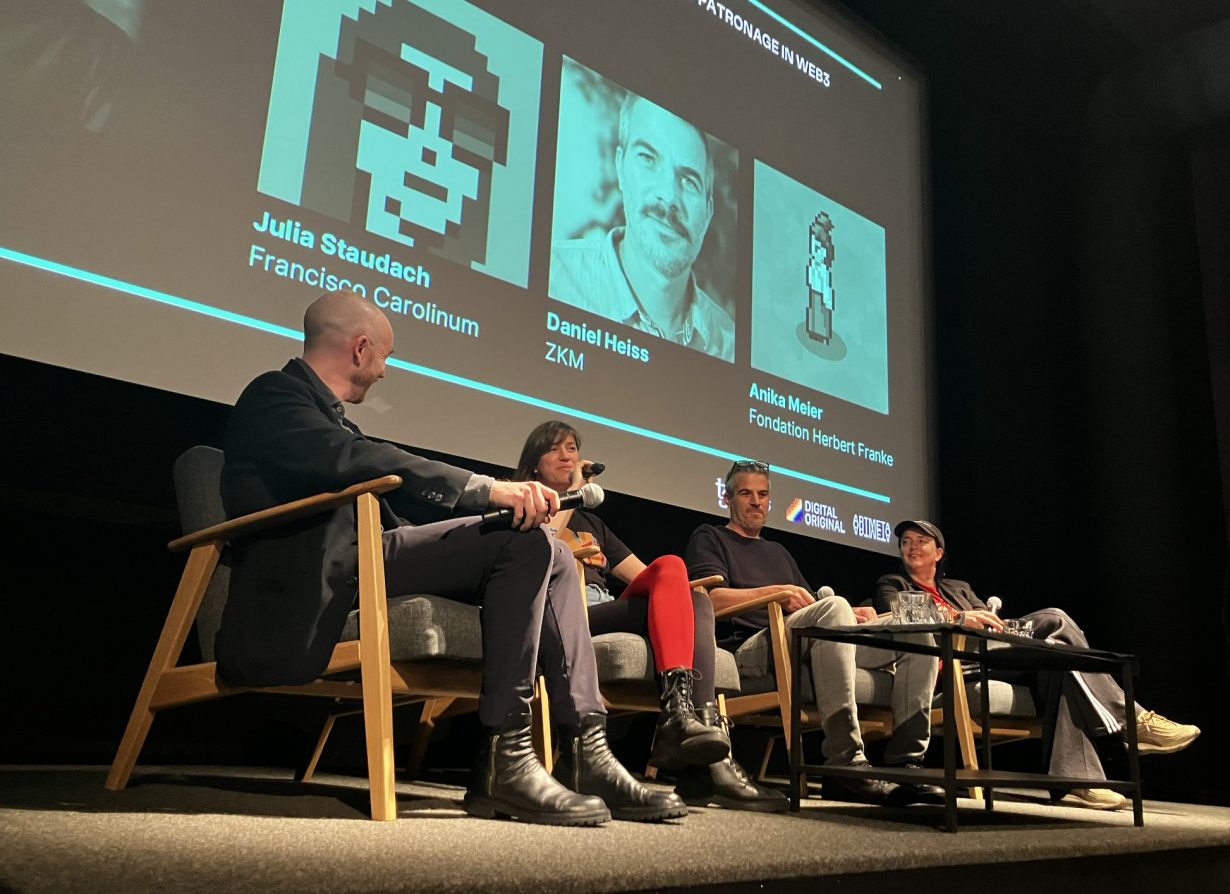
With this edition there’s a notable focus on the prehistories and precursors of today’s digital art. At the Digital Art Fair, London’s Mayor Gallery will be presenting a tribute to Brazilian Waldemar Cordeiro, a key figure in Brazil’s postwar Concrete art movement, and an artist whose geometric and process-based abstract painting led him, in 1968, to embrace computers, leading to the creation of some of the earliest computer-generated art. As such, Cordeiro is a reference point for today’s burgeoning generative art scene, while also highlighting that digital art has always had a powerful global dimension, now turbocharged by the net. Tyler Hobbs, a leading figure in the generative art scene, will be showing new work at La Collection’s presentation. Nigerian digital artist Osinachi – the first African artist to have his work auctioned as NFTs by Sotheby’s – will have a solo presentation with Kate Vass Galerie.
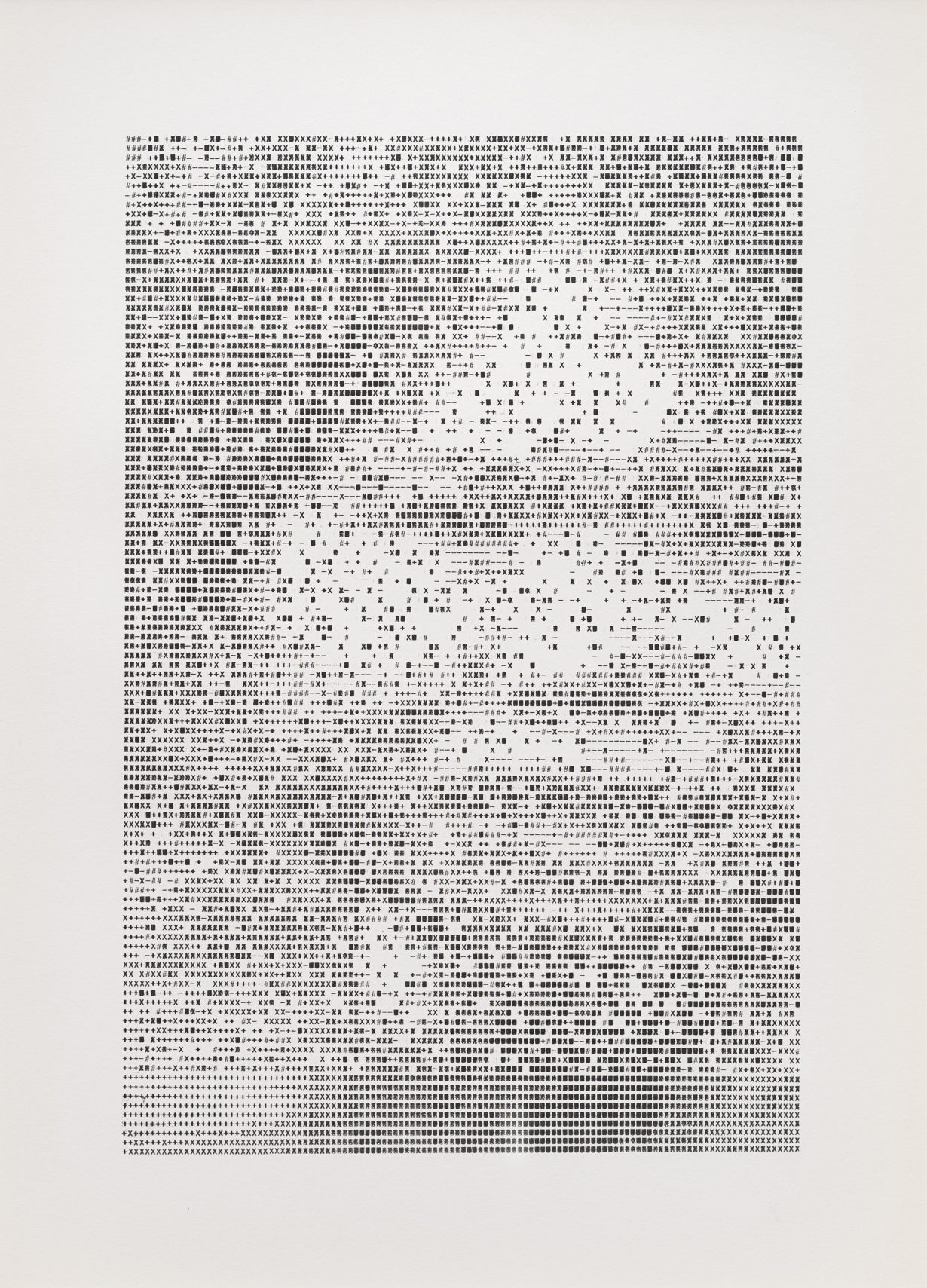
Cordeiro’s work will also be screened at The Digital Art Mile conference, which returns this year with an expanded programme, including four days of talks at Basel’s Kult.Kino Cinema. Each day will address a big issue in the digital artworld: Tuesday dives into the current state of the digital art market, with speakers including Artnet vice president Sophie Neuendorf, critic Kenny Schachter and Tyler Hobbs; Wednesday’s ‘Museums & Digital Art’ considers how institutions should engage with collecting, preserving and presenting digital art, with, among others, HEK director Sabine Himmelsbach, Whitney curator of digital art Christiane Paul and the groundbreaking digital artist Kevin Abosch; on Thursday, ‘Corporate Collections in the Digital Age’ examines how brands and private corporations are evolving their approach to sponsoring and supporting digital artists, with contributors including BMW Group’s head of cultural engagement, Thomas Girst, designboom editor-in-chief Sofia Lekka Angelopoulou and Ulrich Schrauth, director of the UBS Digital Art Museum; and Friday’s closing day takes on bleeding-edge questions of artistic creativity and authorship in the age of generative art systems and AI, including a conversation between two leading voices in contemporary art’s engagement with digital culture, Hito Steyerl and Simon Denny, moderated by ArtReview’s J.J. Charlesworth.
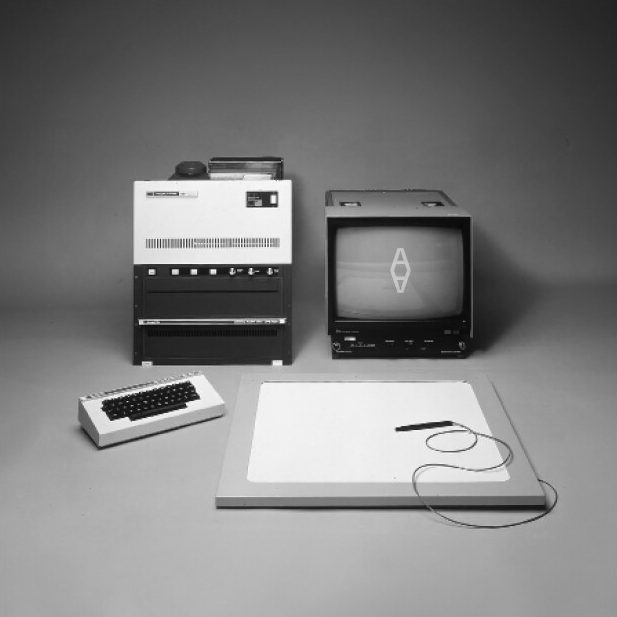
Back at the fair, the history of robotics and AI are the focus of Automata, a group exhibition curated by San Francisco’s Bright Moments Gallery, while the future is probed by Objkt’s group show We Emotional Cyborgs: On Avatars and AI Agents, which explores how online entities might be transforming our understanding of identity, authenticity and truth. When it comes to digital image culture, the fluid nature of truth isn’t a new issue, which is perhaps why, between the conference sessions and the fair, The Digital Art Mile presents Paintboxed, an exhibition celebrating the Quantel Paintbox, the breakthrough computer platform that during the 1980s and early 90s brought digital image creation, manipulation and compositing to broadcasting and print. From Dire Straits to David Hockney to Keith Haring to Nirvana, the Paintbox allowed artists to manipulate images in ways never before seen. Winding from digital art’s diverse history to its unpredictable next steps, The Digital Art Mile offers an alternative view of art’s technological past and its future.
